On The Power of Images part 2/3
February 24, 2016
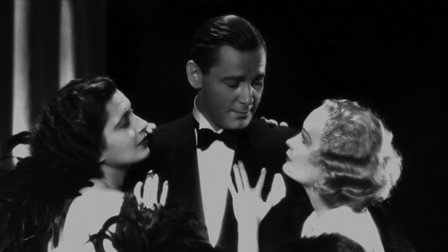
If you’re just joining us now, take a look at part one of a short series based on semi-academic writing by one of our writer’s, in which she discusses the representation of women in classic Hollywood cinema and 20th century advertising.
Part Two
Women often feel the weight of a sexually desirous male gaze, which objectifies them (especially in big cities).
‘Soon after we can see, we are aware that we can also be seen’ (John Berger) .
The “up and down look” seems part of our daily routine (along with the less frequent: the catcaller, groper etc.). But being observed and knowing so, a subject is in inclined to modify his/her manners or behaviour, and therefore partially loses his/her autonomy. Women are encouraged to repress certain behaviours and take certain precautions to “facilitate” life in a society where the male is seen as a primitive animal who cannot control his sexual urges. Girls and woman are taught by a confusing popular culture to present themselves as ‘sexy but innocent, experienced but virginal’ .
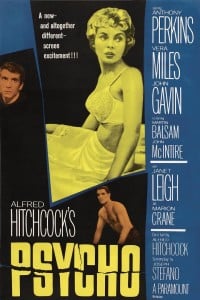
As woman we are born with pre-infantile restrictions, determined in some ways by our environment. From an early age we learn to be aware of the heterosexual male who objectifies woman (from Little Red Riding Hood to warnings about walking alone in dark alleys). This idea of the stronger, dangerous male is encouraged by popular culture. Hollywood classics portray men as powerful alpha males, superior to the woman who is frequently: a criminal, mentally ill or going through a trauma (e.g. Hitchcock’s Psycho, Vertigo etc).
The male (with whom the spectator identifies) is shown on the right side of the law, he embodies justice and is here to show her the rightful path and punish her (e.g. In Film Noir, the femme fatale is often killed for trying to deceive the male protagonist). Moreover, Contemporary publicity encourages male violence, brutality and a repressive state towards these feelings, which promotes gender inequality to a very large public.
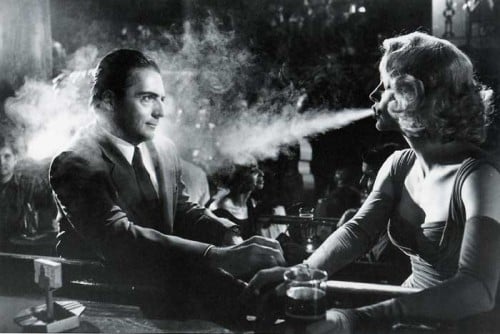
Jean Kilbourne explains that the image of men in publicity is twisted in a radically different way to the image of women. It modifies the view man have of women and all that is labelled feminine. This devalues femininity and therefore makes women denigrate themselves. Masculine sexuality is portrayed as a vital, indispensable primitive need in popular culture whereas the women’s sexuality is often a taboo subject, which is frowned upon or shameful. In publicity the body language of the male is often strong and powerful (which is another form of objectification) whereas the body language of the women is more fragile, vulnerable or passive. Using sex to sell products is a very common marketing tool. The major problem created by this is that ‘the eroticism of violence can lead to brutality in real life’ (Jean Kilbourne)

In this picture it is hard to say if the scene is more likely to become an orgy or a gang rape. This style of image promoting violence towards women is becoming more and more frequent with the popularization of accessible pornography. These barbarous images go as far as depicting murder, when battering is the most frequent cause of injury for woman in America and one third of murdered woman are killed by their partners. This representation of the stereotypical strong, dominant alpha male figure normalises and encourages violence towards women and the survival of the patriarchal system from an early age: boys are given gun and swords while girls are given plastic kitchen supplies and baby dolls. The powerful images of publicity can create brutality in everyday life and a routine weariness of the male.
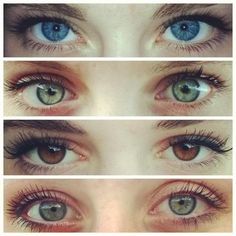
Whilst growing up woman are faced with the issue of presentation. Towards men (the surveyor, and to heterosexual woman: the pray), other woman (the competition and/or the judgemental eye) and themselves (the inner judge/super ego). How a person is seen determines how he or she is treated in society. A woman’s social presence depends on the man (the watcher) whereas a man’s image depends on his promise of power . Berger explains how social determinism leads to women objectifying themselves:
‘Women watch themselves being looked at. This determines not only most relations between men and women but also the relations of women to themselves. The surveyor of woman in herself is male: the surveyed female. Thus she turns herself into an object- and most particularly an object of vision: a sight’ (Berger)
End of Part Two
To read the final part of this series make sure to check in next week where Loïs Soleil expands on the notion of violence and the male gaze in an extra-long treat for all of our readers!
Filed under: Film, TV & Tech, Politics
Tagged with: advertising, cinema, femme fatale, gaze, Hollywood, male, objectification, perception, sexual, women
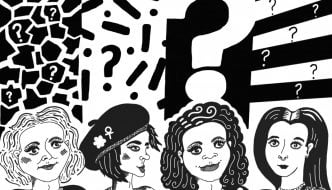
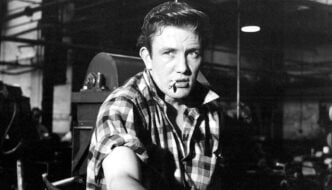

Comments